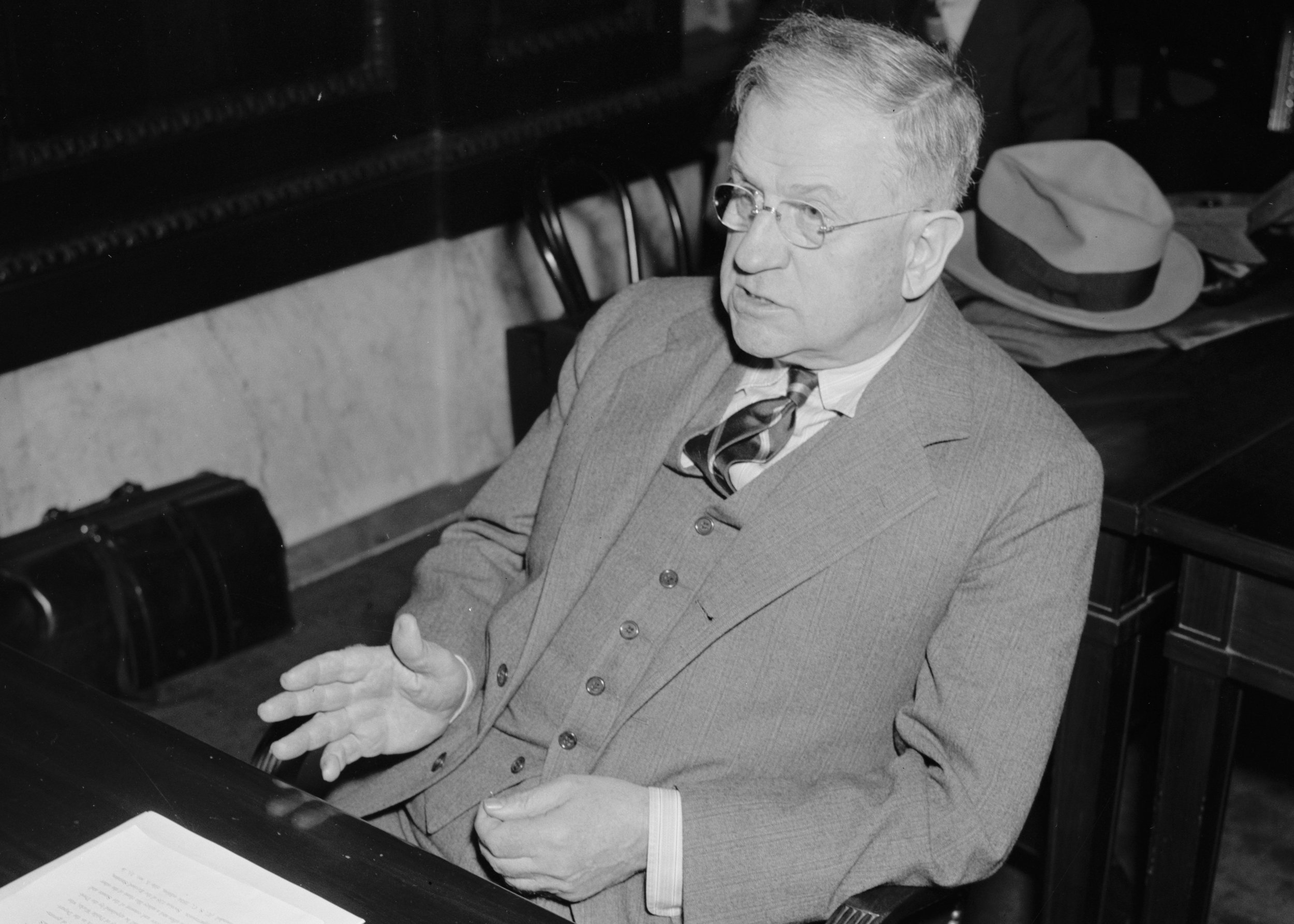Good illustration of social science moving from Newtonian to Darwinian understanding of human behavior.
Congress's Death Is Greatly Exagerated, by. Matt Glassman
Newtonian chain of causation:
- James Madison wrote the Constitution.
- Then that created three branches.
- Then parties broke the design.
- In parliament parties pick leader. That is, legislature causes executive.
- And voters cause legislature.
The intellectual roots of most contemporary criticism can be traced to another president, Woodrow Wilson. He was among the first to propose the entire separation of powers system was a relic. The Founders had not anticipated political parties, and their rise overwhelmed Madison’s vision of institutions in competition, ambition checking ambition. Had American democracy bloomed a century later, Wilsonians argue, it would have been self-evident a parliamentary system—with a sovereign legislature and executive drawn from its ranks—was the superior arrangement. Unfortunately, such a system was a non-starter for the 18th century Framers, leaving us with a clumsy copy of Tudor England’s mixed system, long after the world moved on.
Darwinian ecosystem with lots of causes, lots of effects, and today's survivor moving on to the next round:
Fundamental to Chafetz’s vision is what he calls a multiplicity-based view of our constitutional system. Unlike formalists who view institutional power as a predictable consequence of institutional design, Chafetz argues “political power is largely endogenous to politics.” That is, the relative power of the branches is contestable, varies over time, and is adjudicated through substantive battles over specific political issues. The Constitution assigns certain rigid static powers—only the president can nominate a Supreme Court justice and the threshold to override a veto is exactly 2/3 of both chambers—but most of the important questions of power are not formal inquiries into mechanical authorities. Rather, they are substantive questions of informal power. “How much money should the government spend on hurricane relief?” and “Under what terms should the debt limit be raised?” are not discoverable by constitutional analysis.
Whether the answers are shaped mostly by the president or Congress is a function of the current balance of power, which itself has been shaped by the outcomes of previous contestations, and which will in turn shape a new equilibrium going forward. As Chafetz notes, in most interbranch fights there are many weapons available to each side and numerous opportunities to escalate or concede defeat. Congress can ignore the president’s budget; the president can veto appropriations acts; Congress can override the veto; the president can impound funds; Congress can seek court relief under the impoundment act; the president can assert the impoundment act is unconstitutional; the court can rule, perhaps for Congress; the president can ignore the court order; and Congress can impeach the president.

